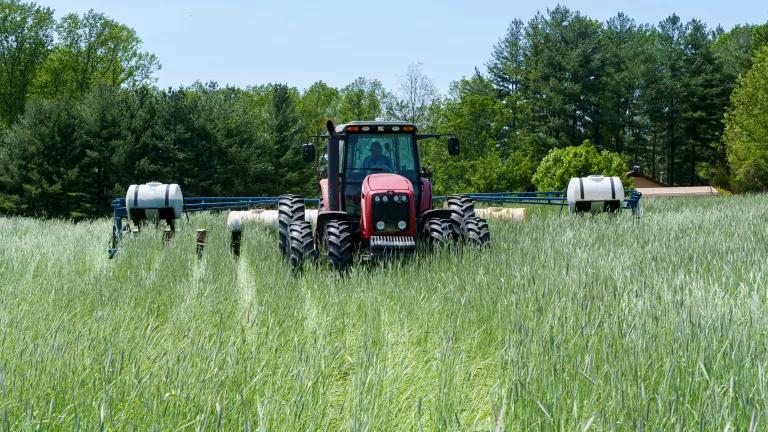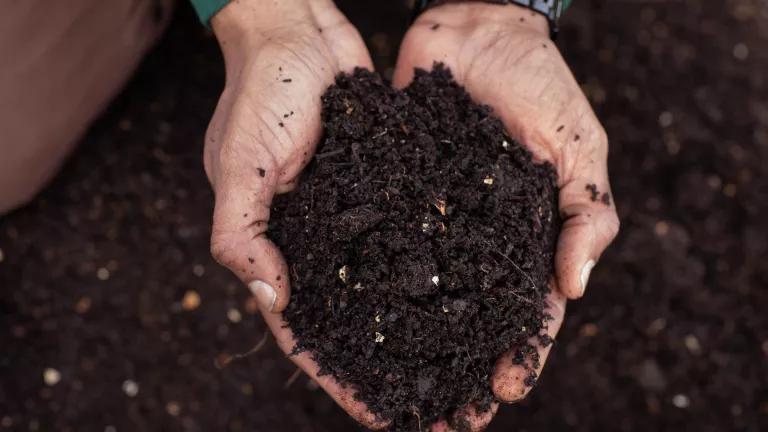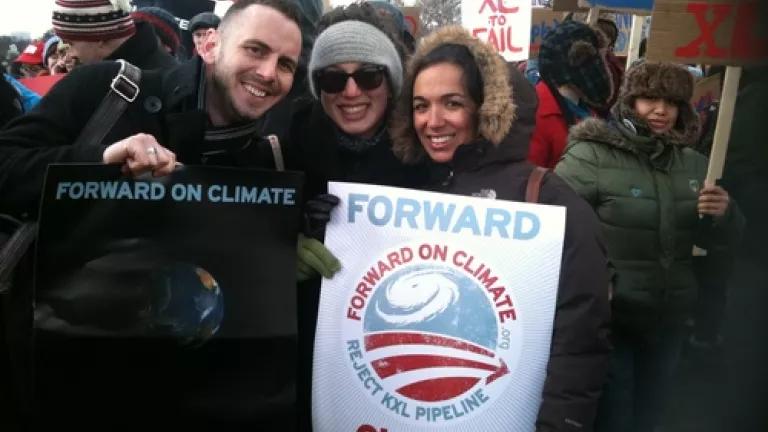
UPDATED: March 11, 2013
Three weeks ago, I joined a massive crowd of more than 35,000 for the Forward on Climate rally on the National Mall to call on President Obama to reject the Keystone XL tar sands pipeline and move forward with meaningful actions to protect our climate, including setting standards for dirty power plants.
The February day was short on warmth (temperatures were truly frigid) but long on inspiration. For me and some good friends, it was also the occasion for our second ever Washington DC-based Frugal Feast—a big, hearty, and responsibly-sourced dinner for no more than $5 a head.
Our gracious host Evan had participated in the first DC edition of Frugal Feast, so he knew the drill.

With 10 Feasters confirmed, for a total budget of $50, here is Evan in his own words on menu planning, cooking, and otherwise preparing for his Feast:
‘What to cook?’ For that decision, I drew on my Peace Corps experience in the Dominican Republic. At any large event – birthday, funeral, visiting relatives from the States, or even just a big Sunday afternoon – one dish found its way on the menu: sancocho. The easiest way to feed a hungry crowd is with a hearty stew, and that is exactly what sancocho is, filled with various types of meat (chicken, beef, pork, rabbit) and vegetables (carrots, cassava, potatoes, plantains), or whatever else is around the house. It’s cooked in an enormous cauldron over an open flame for hours, until the meat is fall-off-the-bone tender. Of course, no meat ended up at the Frugal Feast table, but the sancocho was inspiration.
With that in mind, I served a spicy carrot-sweet potato-peanut butter stew, based on a recipe from a friend who (surprise!) served in the Peace Corps in Senegal. Its deep, earthy flavor, with a pinch of serrano for heat and coconut milk for creaminess, acted as a perfect foil for the chilly February evening. I tossed in spinach and winter veggies for color and texture, and a star soup was born.
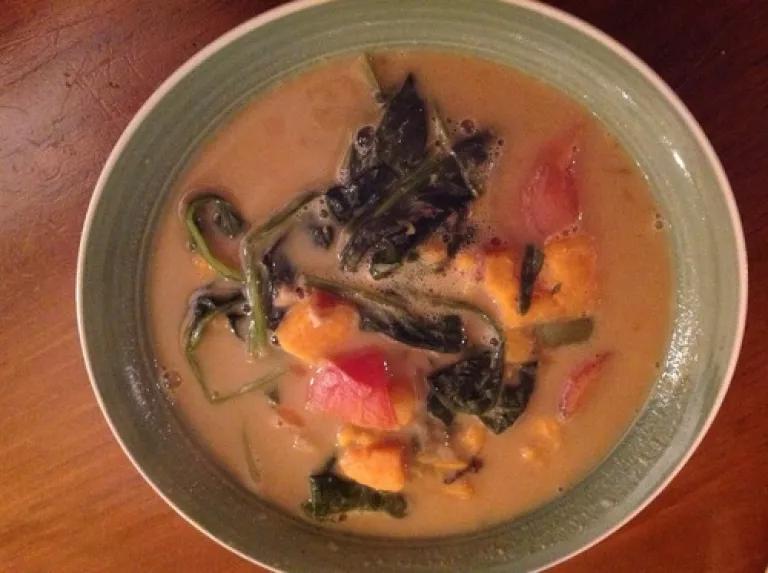
To make sure we also had our carotenioids and fiber, I put together a massaged kale salad with 2013’s most famous grain, since it is now “International Year of the Quinoa”, according to the UN. I also added clementines for a bright burst of citrus, and some extra carrots for crunch (and orange – I love anything orange).
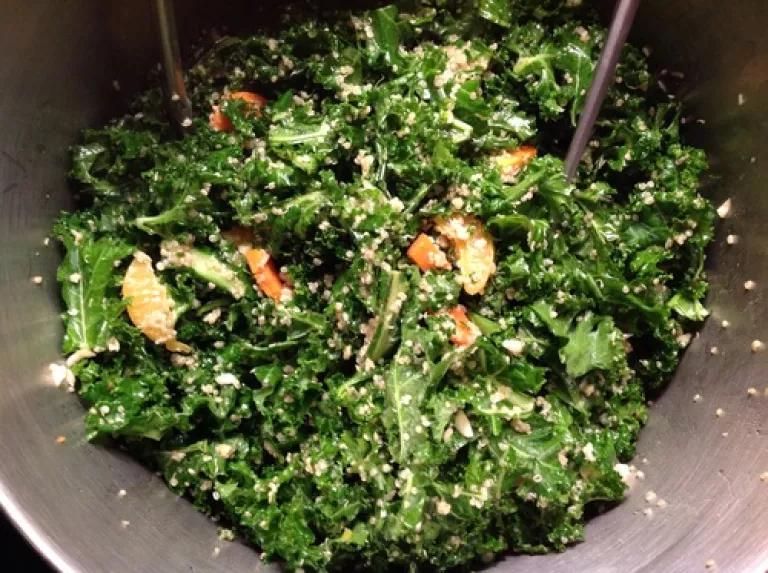
Finally, Sasha made some radish chips to snack on...
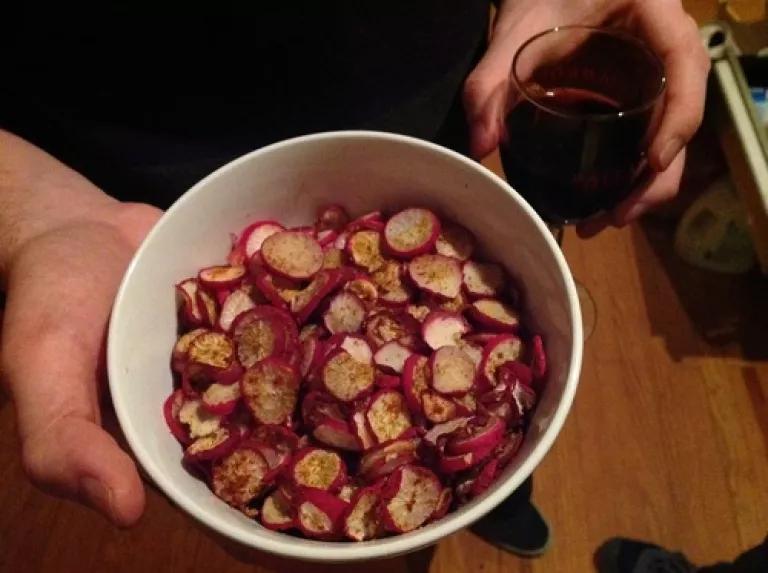
...and graced us with her famous caramelized-onion lentils that really brought the meal together – though the several bottles of wine at the table certainly helped.
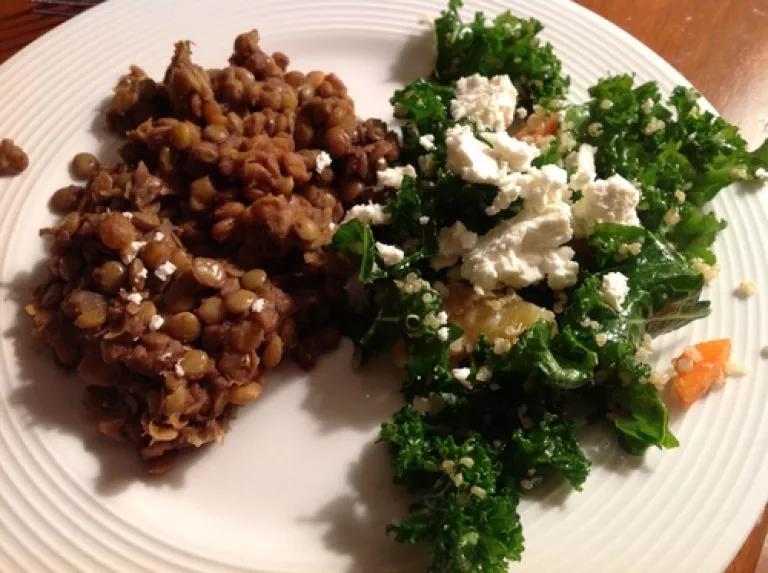
As you can see, the meal turned out as beautiful and colorful as Evan’s explanation -- and even a hair under budget, with a total grocery bill of $49 and change.
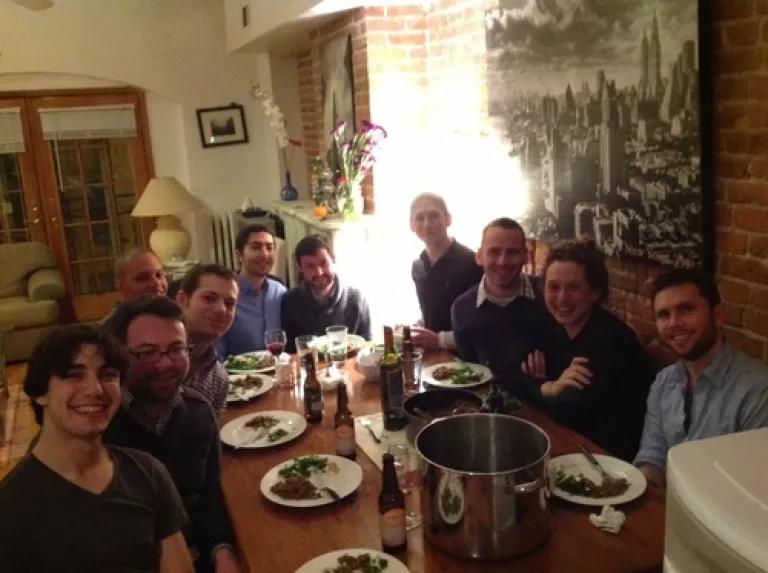
It also gave me an occasion to reflect on the connection between the food we eat, how it's produced and the concerns at the heart of the rally: a rapidly changing climate.
Of all the foods we eat, livestock products are some of the most resource-intensive to produce, disproportionately consuming our freshwater, energy and land. It takes the same amount of water to produce a hamburger as it does to take a 90-minute shower! Livestock production also takes a toll on our climate, directly through emissions of methane, a powerful heat-trapping gas, or indirectly through deforestation for grazing and production of corn and other feed grains. An NRDC analysis of the simplest, most affordable, and most impactful actions we as individuals can take to shrink our “carbon footprints” found that a combination of eating less and better meat and dairy products—even just some of the time—can go a long way.
What our Frugal Feasts have demonstrated month after month is that as soon as you move meat from the center of your plate, you free up resources and make delicious menus like Evan’s possible—even on a budget. And in doing so, you can make a real difference for the environment.
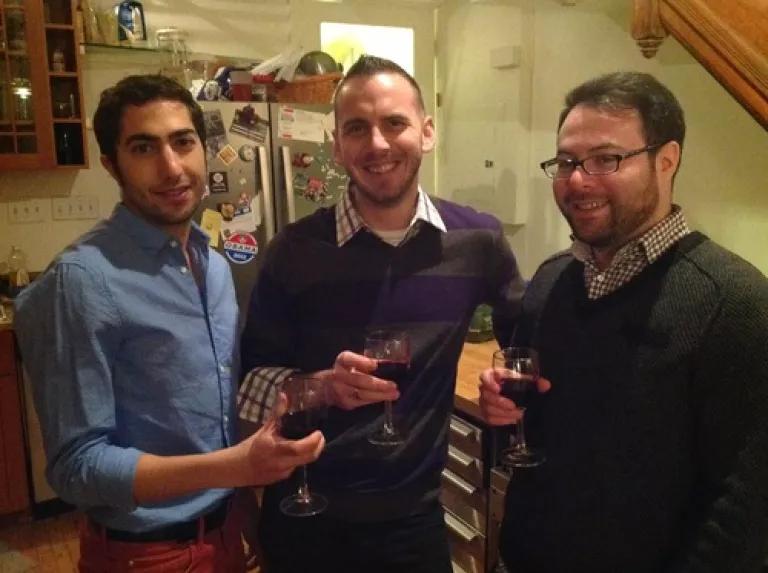
Personal action is certainly no substitute for policy and regulatory change—the kind of change we called for on the National Mall. [You can take action here to urge the Obama administration to move forward with strong carbon safeguards that will protect our climate and our health.]
But nor is it a competing interest.
If you start thinking more about what ends up on your plate, where it comes from and the impacts it has, you might buy meat less frequently but choose better meat when you do. You might become more active in your community in support of policies that help farmers working hard to grow food more sustainably. And you might even start a regular Frugal Feast of your own to spread the word!


